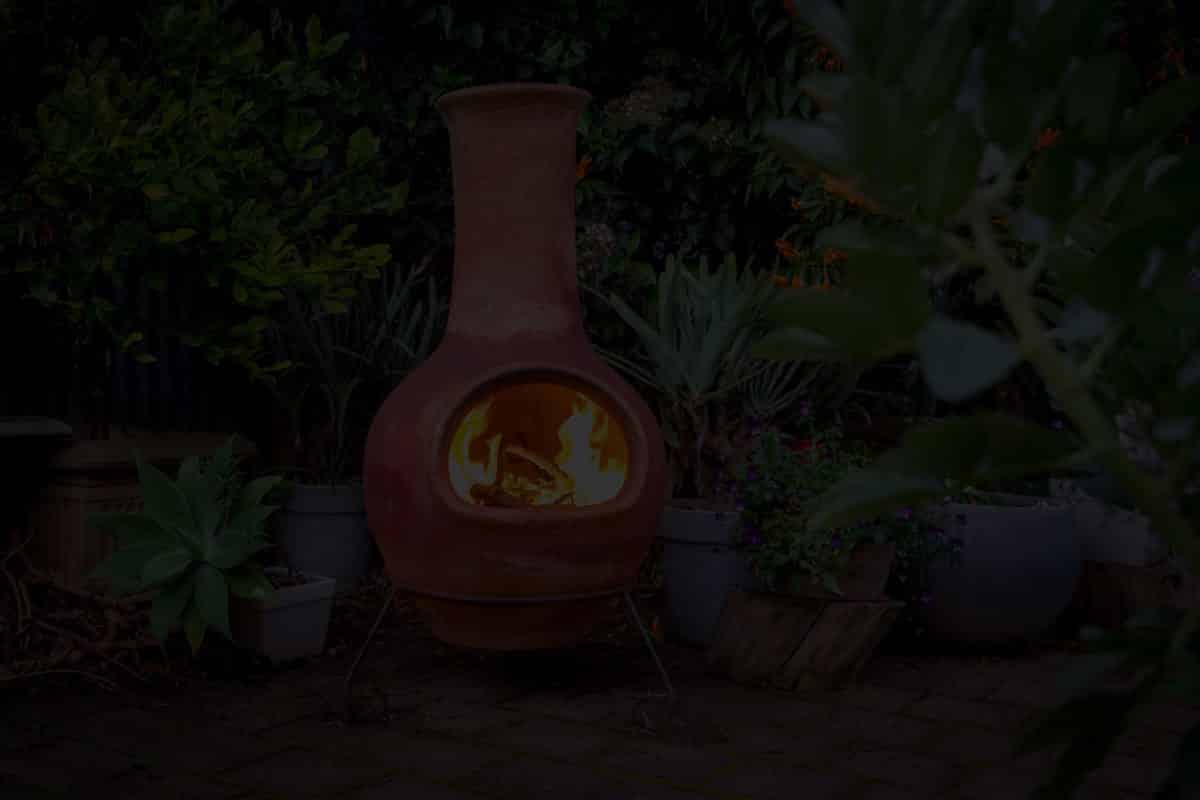Mexican Chiminea
How do They Make Clay Chimineas?
Chimineas, also called pot-bellied ovens, were invented in the 1600s in Mexico but can be traced back to Spain. The chimney directs smoke up into the air, protecting the fire inside, and the bulbous design means you can set a good blaze that isn’t affected by wind or rain.
So how is a clay chiminea made? It’s a potter thing.
Clay is remarkable stuff. In parts of the UK you can go out into your garden, dig some up, make a pot, dry it, and fire it. And it will work perfectly. Bits of North Devon, parts of the North East of England, London itself, they’re all rich in different types of clay deposits. In Middlesbrough and Devon the clay is sticky and yellow-grey. In the tiny village of Fremington, in north Devon, there’s an unusual deposit of brown potters clay. In London the brick made from local clay is a pale creamy yellow. No wonder the UK has a worldwide reputation for some of the best ceramics, and the most talented potters.
If you’ve been watching the Great Pottery Throw Down, like millions of us across the nation, you might already be hooked on potting, convinced by clay, keen to have a go yourself. And you probably know a bit about how to make pots already.
Here’s some insight into how a clay chiminea is made.
How are clay chimeneas made?
You can construct a pot in two ways. One, you coil up long snakes of clay round and round into a pot shape then smooth the coil together. Two, you throw the pot on a wheel, first centreing it so it is balanced properly in the exact middle of the wheel.
The thing is with clay chimineas, they’re pretty large. Expert throwers can make huge thrown pots thanks to years of training and practice. But even for an expert it’s a difficult job to get your arm down inside such a large structure to pull the clay upwards, outwards, then back in again to form the neck of the chim.
We’ve seen one potter making a huge pot that was much the same size as a Mexican clay chiminea. She ultimately had to stand on a stool, four feet above the wheel, and actually put herself inside the pot, leaning down to manipulate the fast-spinning clay into the shape she wanted.
We doubt that Mexican potters use a wheel to throw their chims. We reckon they almost certainly use the coil pot method, which makes creating enormous vessels quite a lot easier. But then there’s the kiln to think about.
A kiln to reckon with!
A chiminea is a big thing, and that means it needs firing in a big kiln. The clay has to reach a temperature of around 600C to 1000C to harden into stone – which is all clay is. Mudstone rock, for example, is simply hardened, super-heated clay. We imagine, these days, even though every Mexican chim we sell is made and finished by hand, they’re probably fired in enormous industrial kilns rather than firing each chim individually in a small traditional kiln.
When making crockery to eat from, a potter will fire the items twice. The first firing is called the bisque firing, which simply turns the clay to stone. The second firing melts and fixes the glaze, the colour applied to the bare fired pot.
Want to see a guy making his own clay chiminea?
Check out this YouTube video!


